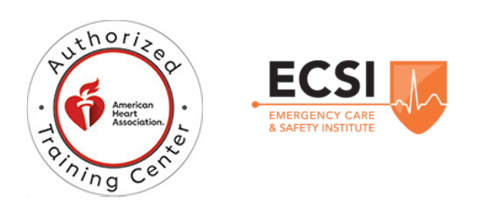State AED Laws
Laws that govern the ownership and use of AEDs vary state by state with regards to training, registration, AED placement, and physician oversight requirements; knowing the applicable requirements and maintaining compliance ultimately are the responsibility of the owner of the AED.
We recommend everyone who has an AED in a public location be familiar with the legal requirements and their obligations according to their state. Most states have legislation to help ensure owners follow through on their responsibility.
What are state AED laws?
State AED laws are a set of statutes (from state legislatures) and regulations (from state agencies) defining how to own, place and use AEDs. These laws generally cover three areas:
- AED Law Requirements: Things organizations must do to administer and operate an AED program. Examples include maintaining AEDs per manufacturer guidelines, training people, receiving medical direction, reporting to agencies, and more.
- Good Samaritan Immunity: Legal protections for AED program organizations and people.
- AED Placement Mandates: Directives that certain types of facilities must have AEDs. Examples include health clubs, schools, high-population buildings, and others.
Because each state’s AED laws are different, the matrix of AED law requirements by state is complicated and sometimes confusing. It’s also important to note that not every state’s AED laws specifically covers all three of the areas described above.. Knowing and following your state’s AED laws is extremely important. Doing so will ensure your organization has a compliant AED program, receives any available Good Samaritan legal protections, and can support a defense in court if necessary.
The primary risk of noncompliance is legal. If something goes wrong and an organization is sued, plaintiff’s lawyers try to use noncompliance as a way to keep an organization from getting Good Samaritan legal protections and to obtain financial damages as a result. Thus, compliance is as much about risk management as it is about AED program preparation or performance.
What are AED-related Good Samaritan laws?
Starting in the mid-1990s, states began passing AED-related Good Samaritan immunity laws in an effort to ensure AED owners have AEDs in good working condition and people ready to respond at all times. Every state now has laws describing legal protections for AED programs and people who use AEDs in good faith; however every state’s Good Samaritan laws are different. You should also know that not every state covers every participant under the law. States define and describe participants in different ways.
These laws are critically important in encouraging people to respond and use an AED if present, working to limit civil liability for a well-intentioned but untrained user who acts in good faith, commonly known as a Good Samaritan. These laws limit the liability of both device owners and responders using a device during an emergency.
Good Samaritan laws don’t prevent lawsuits and AED-related Good Samaritan laws are no exception. Well written laws, along with a compliant AED program, can restrain a plaintiff’s lawyers from suing because the chances of successful litigation and financial rewards are much lower.
Who can receive Good Samaritan legal protections?
There are four types of participants involved in AED programs who can potentially benefit from legal protections. They are:
- Organizations that own AEDs, or are responsible for locations where AEDs are placed
- People who use or try to use AEDs
- People who provide CPR/AED training
- People who provide AED program medical direction or oversight services.
Where are AEDs required?
Certain states mandate that AEDs be located in specific locations or public areas. The following examples illustrate how widely each state’s laws vary in terms of there state specific requirements for types of facilities that must have an AED. Here’s a non-comprehensive list of locations where AEDs are required by various state’s laws::
- Any facility with a capacity of over 300 people: Rhode Island
- Certain types of new construction, in accordance with SB 287: California
- Coal mine operators: Pennsylvania, West Virginia
- Dental offices, if anesthesia is administered: Colorado, Florida, Idaho, Illinois, Kentucky, New York, Virginia, Washington
- Dialysis centers: Alabama, New Hampshire
- Golf courses: Connecticut
- Health clubs: California, Illinois, Oregon, Pennsylvania, Rhode Island, Wisconsin
- Jails/lockup facilities: Virginia
- Ocean surf beaches: New York
- Optometrists, if anesthesia is administered: Tennessee
- Pools: Maryland
- Quarries: West Virginia
- Racing and gaming facilities: Illinois, Iowa, Mississippi
No matter which state your AED is located in, we begin our AED analysis by answering these three common requirement questions:
- Is a physician required to oversee the program?
- Is certification training required?
- Is registration required?
Afterwards, this AED analysis continues to ensure total compliance and is an ongoing process.
We know this can all seem a bit overwhelming and believe it or not, we have only scratched the surface of AED law. There’s a lot more information regarding AED-related Good Samaritan laws, requirements, and mandates than what we’ve provided here for you. It’s our job to break it down clearly for you and your specific situation.
For more detailed information on how your state’s laws affect your organization, please contact us at 866-757-5453, or fill out a contact form and one of knowledgeable staff members will get back to you soon.





